What if we say this blog will help you discover fintech trends before they are trending? Well, yes, this blog is brought to you by our experts in the fintech world who love to explore the fintech market beyond its demand. So what are the trends that you should look out for in the future? Let’s delve into the topic more.
The New Tech-driven Fintech World:
The fintech industry is on the cusp of a major transformation, with rapid technological advancements and innovations. The demand for fintech solutions is on the rise, as consumers increasingly seek digital and mobile-based financial services. The integration of AI, blockchain, and other cutting-edge technologies is enabling financial institutions to deliver more personalized, efficient, and secure services to their customers.
In addition, the COVID-19 pandemic has accelerated the adoption of digital financial services, as consumers have turned to online banking and contactless payments to minimize physical contact. As a result, the fintech industry has seen a surge in demand for digital payments, remittance services, and online investment platforms.
In 2023, the industry is expected to continue its growth trajectory, with experts predicting that the global fintech market will reach a whopping $174 billion. The fintech industry is poised for growth in 2023 and beyond, driven by technological advancements, changing consumer behavior, and evolving business models.
The emergence of fintech has brought about a significant shift in the way we interact with financial services. From mobile banking to robo-advisors, fintech products, and solutions have already been integrated into our daily lives, transforming the way we manage our money. As fintech continues to reshape the financial landscape, we can expect to see more innovative solutions that make financial services more accessible, affordable, and convenient for everyone.
Exploring the Key Trends Driving Innovation and Disruption in Finance
Starting with the top fintech trends followed in the industry.

1) AI and Machine Learning
Even if we do not mention it, it is pretty obvious that this trend will rule the charts. Artificial intelligence and Machine Learning cover a variety of things under their umbrella. Fintech companies can leverage these marvelous tech combos and automate various processes which earlier were performed manually.
By doing this the companies can develop applications that use algorithms to extract insightful data. They can study the pattern of shopping and in return provide a personalized browsing experience.
This means, by providing the environment of customer choice, fintech companies have a chance to increase their likeability and make their business a success.
AI in fintech also helps in fraud detection by analyzing any inappropriate activity in a customer’s account.
We would say, the overall cost of business operations is also reduced drastically and the firms can perform better with higher accuracy and efficiency.
2) Biometric authentication
The adoption of biometric authentication is accelerated in the fintech world. As we move further into the digital age, the threat of cyberattacks continues to grow and evolve, posing a major risk to various sectors, including the global financial system. In fact, cybersecurity has become a top priority for many organizations, with experts warning that the potential impact of an attack could be catastrophic.
In response, fintech companies are stepping up their efforts to protect themselves and their customers from cyber threats. From biometric authentication to advanced encryption technologies, these companies are deploying a host of new security options to stay ahead of the curve.
Biometric authentication helps fintech institutions in being vigilant and protecting their transactions against any cyber attack. Almost 90% of security leaders believe that biometric authentication provides the highest level of security.
Additionally, institutions are also looking forward to using the user’s voice as a password. You would be surprised to know that First National Bank of Omaha has already used voice technology for password authentication from Pindrop. The national bank claims that the bank was able to save nearly 2.5 million minutes of customer calls and observed a 50% reduction in fraudulent activities.
It looks like biometric authentication will be a savior in the times to come; hence, it is extremely trending.
3) RegTech
Regtech, or regulatory technology, has emerged as a critical solution for financial institutions to navigate the increasingly complex and ever-changing regulatory landscape. This innovative technology can provide a range of benefits, including improved efficiency, greater accuracy, and better insights for the entire company.
RegTech, meaning regulation technology has simplified a good amount of tasks that were done manually. The extraction of insights from the piles of data was quite an arduous task. However, with RegTech, institutions can free themselves from these cumbersome tasks.
On top of this, institutions also had to abide by the rules and laws of the government while managing the data. This has been extremely simplified with RegTech n practice.
Fintech institutions can make use of cloud technology, machine learning, and big data analytics to track and prevent trickery. According to Juniper Research, the Regtech industry is expected to experience significant growth in the coming years, with a predicted 200% increase between 2022 and 2026. This growth is driven by the increasing demand for compliance solutions and the need for financial institutions to stay ahead of regulatory changes.
Investing in Regtech solutions is not just about staying compliant, but also about driving cost-savings. Financial institutions that implement these solutions can see significant improvements in efficiency, which can lead to lower operating costs and improved profitability. This is particularly important given that more than 30% of financial institutions currently spend greater than 5% of their revenue on compliance.
In short, Regtech is not just a buzzword, but a necessary investment for financial institutions looking to stay ahead of the curve and ensure their long-term success.
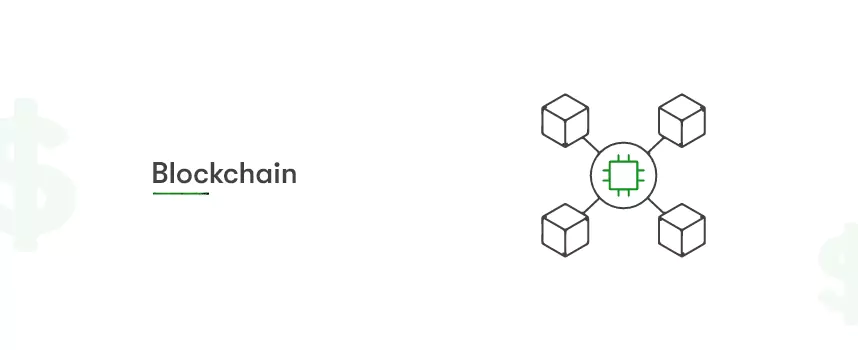
4) Blockchain
Another brilliant technology making all the buzz in the fintech segment is blockchain. It stands out as one of the most promising trends in fintech.
Blockchain is decentralized and can therefore be used for secure, transparent, and immutable customer transactions.
Blockchain doesn’t need any intermediaries or central authorities which makes it more attractive to users. Using blockchain, fintech companies can ensure faster, cheaper, and more secure transactions as compared to traditional financial systems.
We can say, the potential uses of blockchain are limitless and we are only scratching the surface of possibilities.
5) Robo advisor
Robo-advisors have emerged as a game-changing technology in the financial services industry. These virtual financial advisors, powered by artificial intelligence (AI), leverage sophisticated algorithms. And provide an automated selection of financial advisory services.
The use of robo-advisors has gained popularity in recent years. Because it provides affordable and accessible investment advice to a wider range of investors. By leveraging advanced AI algorithms, robo-advisors can analyze vast amounts of data, identify investment opportunities, and make recommendations based on a client’s specific financial goals and risk tolerance.
Robo advisors are easily accessible through smartphones or web portals. If you are wondering how it works, here is a brief explanation.
When a new client registers for robo-advisor services, they must complete a brief questionnaire containing demographic and cognitive questions. These questions typically cover the client’s age, gender, income, investing goals, liabilities, current assets, and degree of risk tolerance. These data points are used to build a customized portfolio of exchange-traded funds or index funds that match the client’s investment goals and risk tolerance.
Robo-advisors use sophisticated algorithms and software to process these responses and create a diversified portfolio. A financial or investment professional typically selects the investing options. Once the funds are invested, the software automatically rebalances the portfolio to ensure it remains close to the target allocation.
Robo-advisors are an innovative and accessible way for individuals to invest their money and achieve their financial goals.

6) Gamification
Gamification is a powerful tool that fintech companies embrace with open arms to enhance user engagement and drive user behavior. By integrating game-like elements into their platforms, fintech companies can create a more immersive and engaging user experience. This helps persuade users to use the platform more frequently.
By integrating gamification into the onboarding process, fintech companies can create a more engaging and enjoyable experience, motivating users to complete the process.
Gamification can take many forms, such as progress bars, badges, rewards, and challenges. All of these can make the onboarding process feel more like a game than a tedious chore.
Gamification allows fintech companies to divide the onboarding and other long processes into small and manageable tasks. This makes the entire process enjoyable and reduces the cognitive load on the users.
Additionally, the users feel a sense of achievement and progress which further motivates them to complete the platform’s shopping milestones.
Overall, gamification is powerful and can reduce onboarding roadblocks.
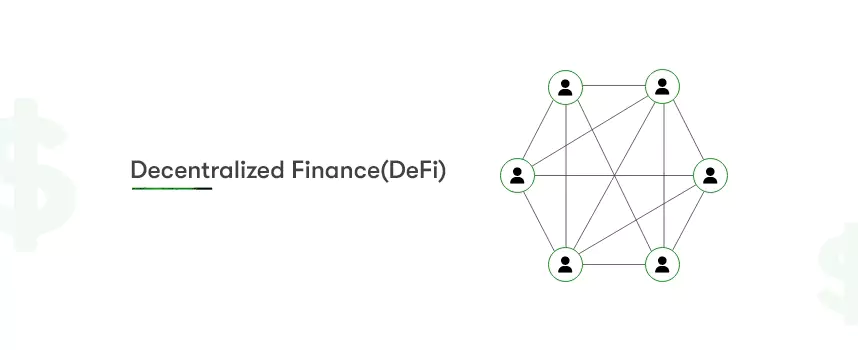
7) Decentralized Finance(DeFi)
Decentralized finance provides users with instant access to financial products and services, eliminating the need for lengthy approval processes and bureaucratic red tape often associated with traditional financial institutions. With DeFi, users can transact peer-to-peer and have full control over their assets, enabling faster and more efficient financial operations.
8) Embedded Finance
Recently, consumers have started showing increasing interest in embedded finance. It is going to become one of the dominant trends in 2023.
The concept of “embedded finance” refers to a wide range of financial services and products. These products integrate within existing platforms or frameworks. By embedding financial services within platforms you save the hassle of switching between multiple apps or websites for users. For example, in e-commerce, healthcare, or social media, users can manage their finances seamlessly and efficiently.
Embedded finance allows users to access financial services and products that cater to their needs and preferences. At the same time, it also provides a more convenient and streamlined user experience.
For example, users can apply for loans, make payments, or invest in securities directly within an e-commerce platform or social media app. This also removes the need to navigate to a separate financial services website.
Embedded finance has the potential to democratize financial services and improve financial inclusion. Because it provides access to a wider range of financial products and services to a broader range of users. By breaking down the traditional barriers to financial services, embedded finance streamlines management finances and achieve their financial goals.
To compile, we all have heard of the lucrative Buy Now Pay Later Offer. It is nothing but one of the finest embedded finance models.
Read Also: Buy Now Pay Later (BNPL) App Development: The All-in-one Guide
9) Saas
We can not leave this list incomplete if we do not mention SaaS as one of the favorite trends in fintech. SaaS is hitting the right chords and is most likely to hit a $623 billion milestone this year.
Software as a Service (SaaS) is a cloud-based software delivery model that enables companies to access and use software applications over the Internet without having to install them on their own servers or computers. Instead, the software is hosted on a third-party provider’s servers, and users can access it through a web browser or mobile application.
SaaS has become increasingly popular among businesses of all sizes due to its many benefits. One significant advantage of using SaaS is that it eliminates many of the costs associated with traditional software, such as installation, maintenance, and upgrades. This can save organizations a significant amount of money and allow them to focus their resources on developing customer experiences instead.
Another advantage of SaaS is that it provides access to powerful software tools that would be difficult or expensive for individual firms to implement themselves. These tools often come with enhanced security protocols for data storage and management, which can be critical for businesses that handle sensitive information.
SaaS has revolutionized the way businesses access and use software, providing a cost-effective and flexible solution that enables companies to focus on what they do best: serving their customers.
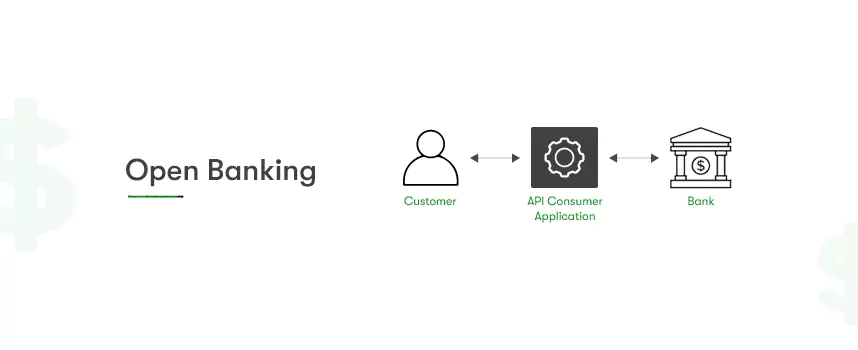
10) Open Banking
We are all scared of cyber threats especially when we receive anonymous calls asking for bank details and other financial information. Open banking will facilitate users to share financial details securely and in a more controlled manner.
It offers numerous benefits for both customers and businesses, including increased convenience and opportunities to access new markets, create innovative products and services, and increase efficiency through data exchange.
Open banking provides customers with greater control over their financial data, allowing them to choose where to store it and easily transfer it between different organizations. This enhanced control also enables them to permit third-party providers access to their data when necessary, empowering them to make informed decisions about their financial lives.
For businesses, open banking offers numerous opportunities to leverage the potential of customer data, enabling them to develop more personalized and targeted products and services. This data exchange also helps increase efficiency, as businesses can access the information they need without requiring customers to manually provide it, reducing the risk of errors and fraud.
Read Also: How to Create a Banking App in 2023?
11) Internet of Things (IoT)
This one in the fintech trends 2023 goes without introduction. We all have been living in an age where our devices and processes are intertwined. This is all possible due to the Internet of Things.
IoT-connected devices do not need any human force to collect and process data. It is all automated. Automation is serving as a boon for fintech companies that want to ensure seamless and secure customer transactions.
Banks and other financial institutions are increasingly using innovative technologies. For example, using sensors and voice recognition to enhance their customer experience and improve security.
Sensors embedded into banking products can monitor customer activities and automatically respond based on preset preferences or behaviors. For example, detecting fraud or triggering automatic payments based on changes in spending patterns. This can help streamline banking operations, increase efficiency, and reduce the risk of fraudulent activities.
Voice recognition technology is another innovative solution for authentication purposes. It simplifies the login process for customers, improving their user experience, and making their accounts more secure by making them more difficult to hack.
Parting Words:
So, yeah this is it in the B2B fintech trends topic. The future of fintech is full of exciting possibilities, with blockchain, artificial intelligence (AI), and the Internet of (IoT) expected to play a significant role in transforming financial transactions.
As fintech continues to evolve, companies must stay ahead of the curve to remain competitive. Those that do not embrace technological innovation risk being left behind. And those that invest in new technologies and adapt to changing consumer needs will thrive in the fast-paced world of finance. The future of fintech is bright. We can expect to see exciting new developments and advancements in the years to come. Thank you for reading through!

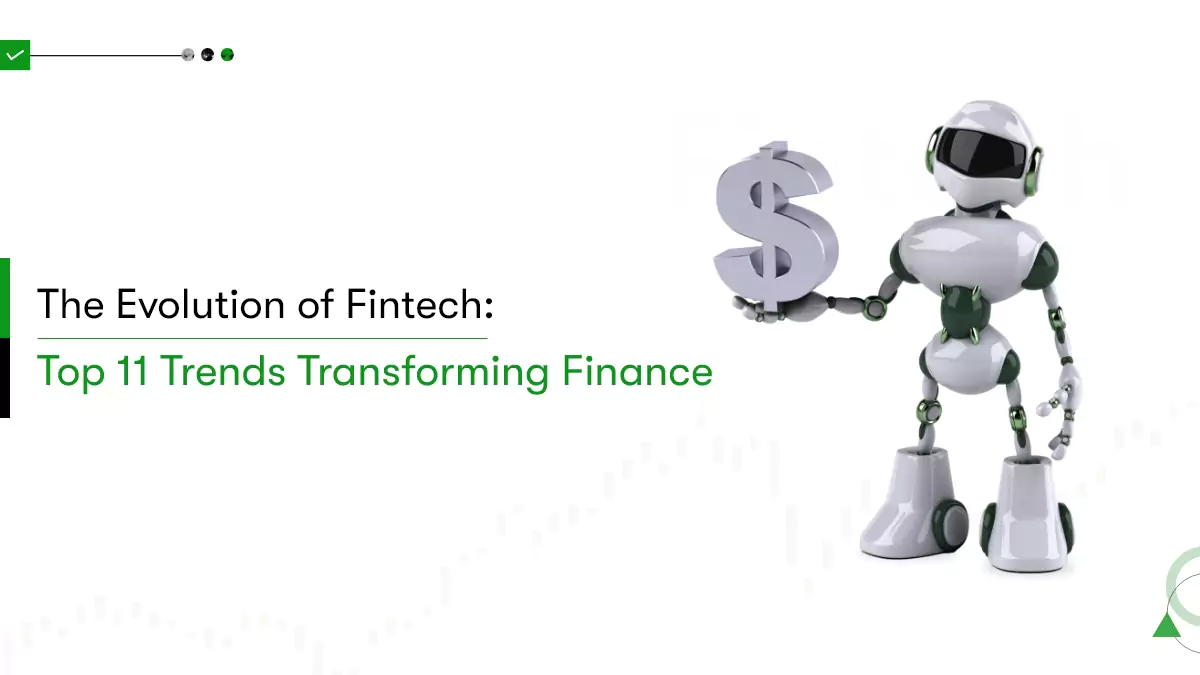
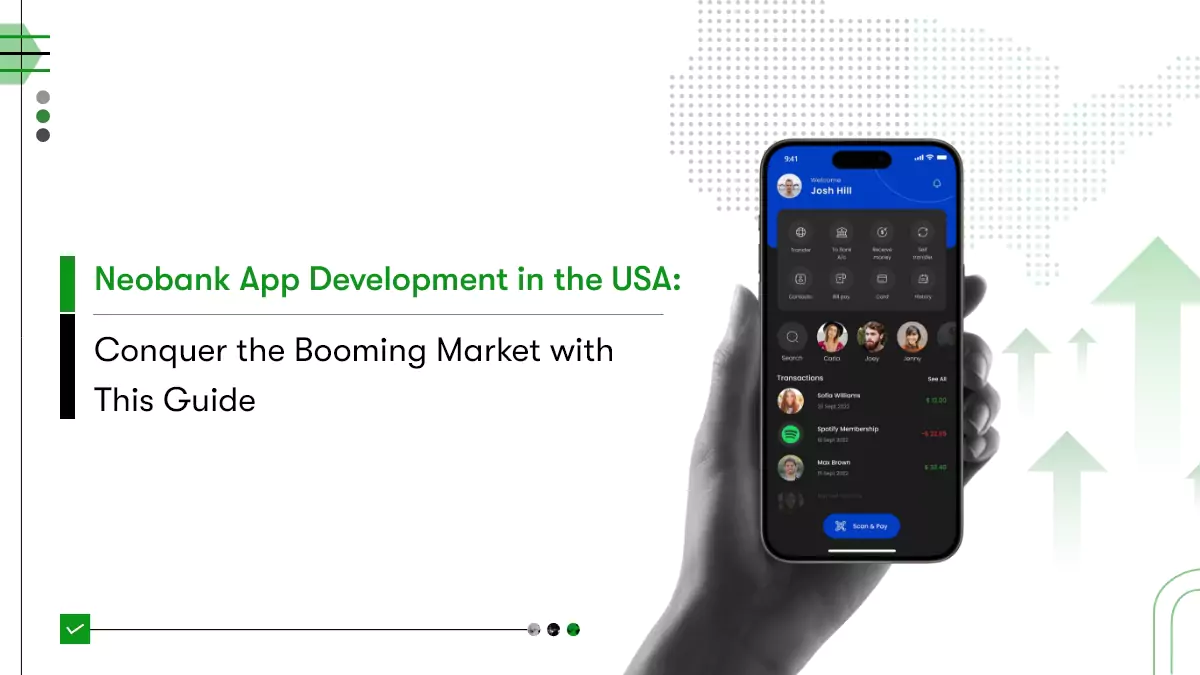

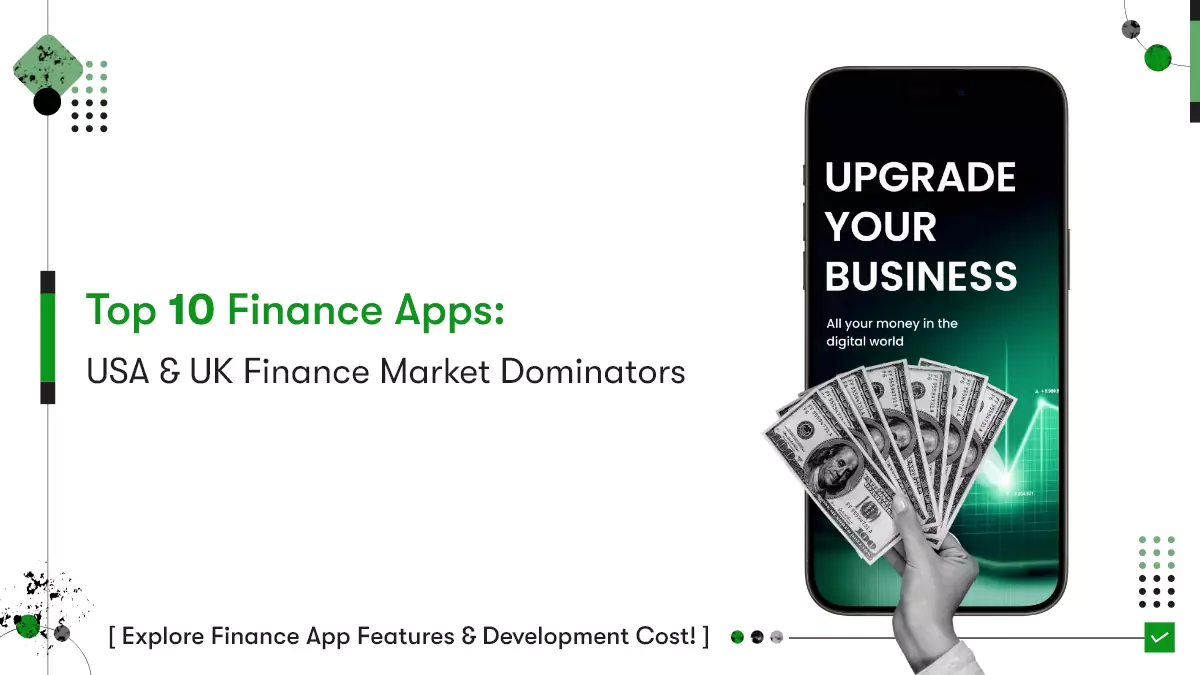







 Contact Information
Contact Information